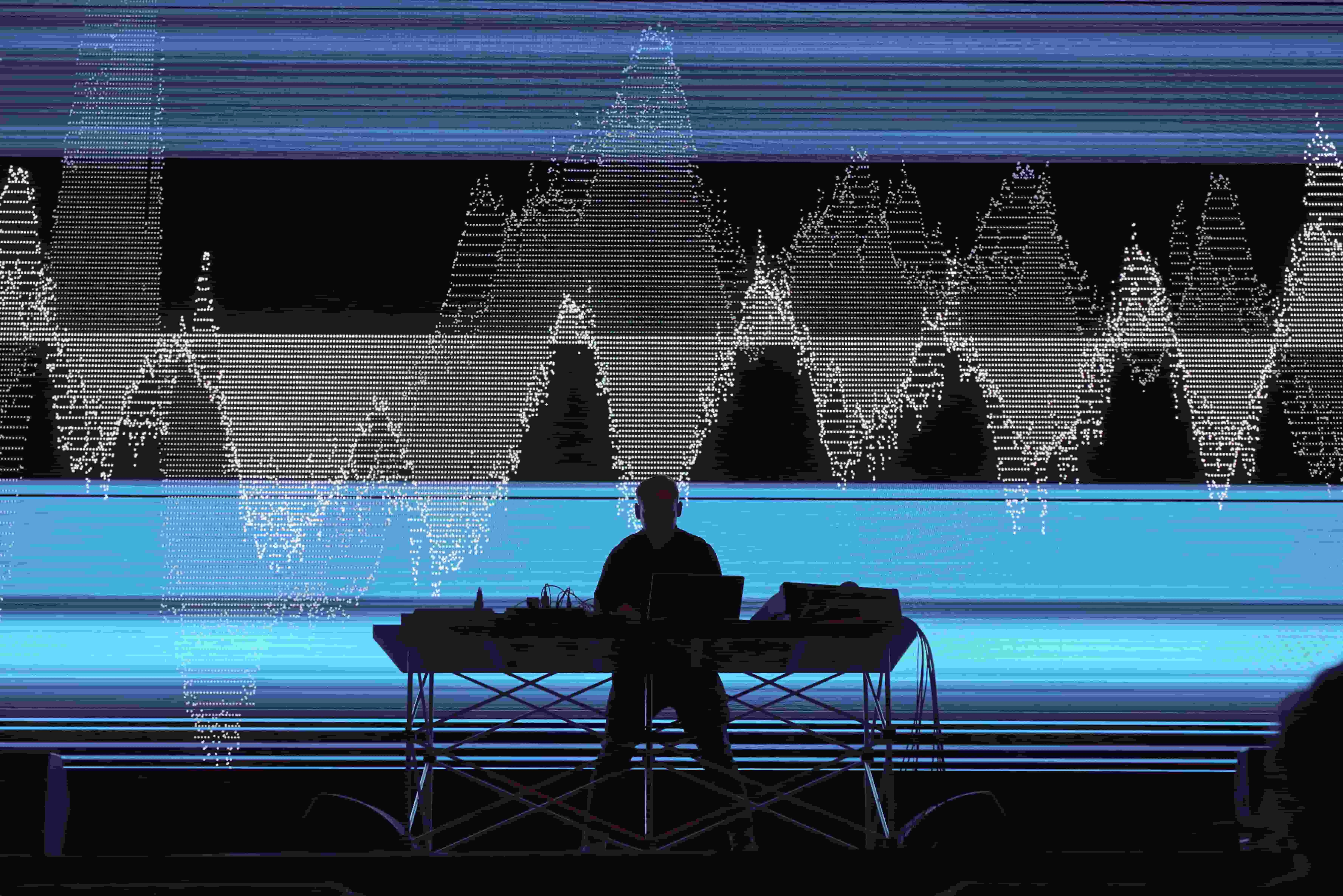
- Date
- 11 OCTOBER 2023
- Author
- GLORIA MARIA CAPPELLETTI
- Image by
- SMART LIFE FESTIVAL
- Categories
- Music
From Kepler to AI: Alva Noto on Bridging Cosmic Tunes and Technological Progress
In the world of contemporary art, Carsten Nicolai's installations and exhibitions have garnered significant acclaim and recognition. However, when it comes to the realm of sonic performances and sound research, he adopts a different persona: Alva Noto.
We were privileged to witness his electrifying act at the Smart Life Festival in Modena, an experience that left an indelible mark on our senses. Eager to delve deeper into his mind, we reached out with a series of questions.
In your sonic compositions, there's a discernible interplay between silence and sound, leading to a transformative experience for the listener. Could you elaborate on how you perceive this delicate balance and if your work has (theoretical) implications, particularly in relation to the concept of "Clausura" or "Klausur," where silence holds a profound potency? That is, what is sound, and what is silence?
To me, there is no difference between sound and silence. First and foremost, where there is matter, space, and time, sound exists. Even when we speak of silence, true silence is elusive. As long as matter exists, so does sound. Perhaps we describe silence as one of the quietest moments of perceptible sound. Theoretically, I include what might be termed as 'zero information' in my compositions. Let's term it 'silence' for this context. However, the moment I reintroduce it into the space-time construct, which constantly envelops us, it ceases to be silence. To address the essence of silence, it might be one of the most pivotal elements, even surpassing sonic events, for they play a role in structuring a composition. These could be the crucial elements in the formation of a composition. Thus, when I say I perceive no distinction, it signifies that, to me, silence and sound possess equal value and significance. This might be a topic you'll broach in a subsequent question. It's somewhat reminiscent of the yin and yang — they're intrinsically connected. A composition is incomplete without the incorporation of both these elements. Theoretical silence is of immense importance to me, not just from a theoretical standpoint, but from a poetic perspective as well. It's essential to grasp that silence might be one of the profound mysteries. What, indeed, is silence? As I mentioned before, given our existence as matter and our physical nature as atoms, genuine silence remains out of reach. I hope this offers some clarity on the subject.
In regards to sound and silence, is your work an attempt to create sound to fill existential void (drawing upon Lacan’s concept)?
Lacan serves as a point of reference here. I believe this is an essentially existentialist perspective. I don't necessarily think that we aim to fill the void based on the premise that we fear voids, and personally, I'm not particularly apprehensive about the void. For me, the void represents something I can't entirely comprehend. The moment we start to believe there are voids becomes problematic. Looking at the universe's construction, a vast majority of what exists is virtually nothing. Minimal matter actually exists. I surmise we're addressing only the smallest fraction of the universe's composition. Once existence is acknowledged, the notion of a void dissipates. Thus, I don't believe there's a pressing need to fill that void because with our existence, the void is essentially negated. Even a thought or a constructed philosophical element serves to fill that perceived gap. Lacan's proposal is seen differently through my lens. To me, the void is a state where nothing exists. This perspective presents an inherent contradiction because when we contemplate the concept of voids, it's challenging to truly grasp the notion.
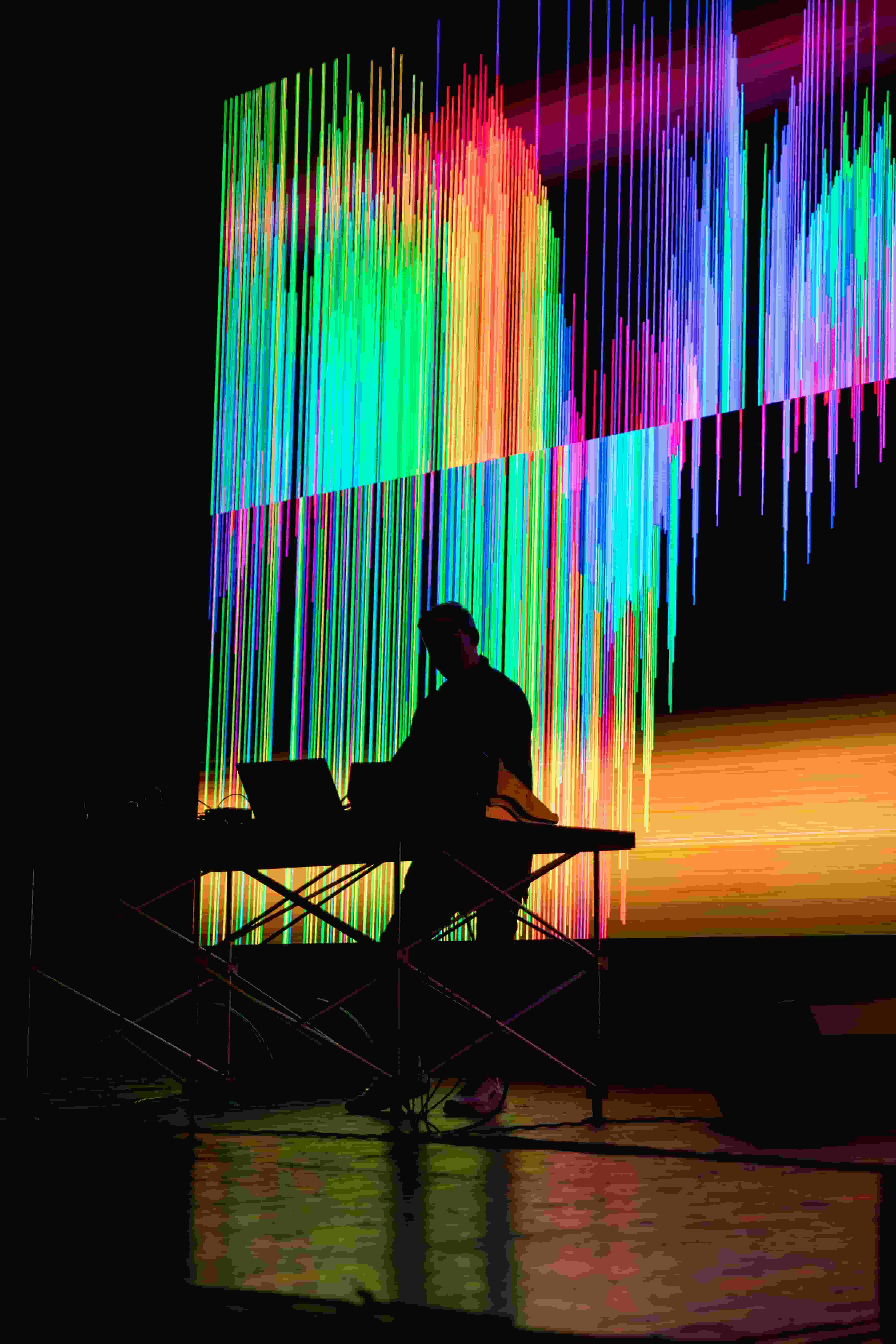
Your work seems to push the boundaries of conventional sonic expression, venturing into the realm of the theoretical. What have been the challenges and revelations you've encountered in translating abstract concepts into sound?
This is something I'd like to delve into more deeply here because it might also simplify the answers to other questions. When I begin composing sonically, I envision a kind of landscape, which I refer to as 'atmosphere'. This atmosphere can be comprised of various elements: it could be a scent, a sentiment, a memory, an image, a movie scene, a poem, a scientific theory, or even a paradox, as mentioned earlier. Before I embark on the actual composition, I cultivate this atmosphere around me, writing down notes. Specifically for "HYbr:ID", I penned abstract poems, which are essentially accumulations of words orbiting a center, much like particles revolving around a center without directly addressing that nucleus. This process crafts a space. Within this space, or atmosphere, I begin my composition. My approach involves an initial phase of learning, followed by note-taking and imaginary landscape creation. I then compose within this created atmosphere. Eventually, I allow the atmosphere to evolve organically, providing ample room to respond as an individual to its nuances. In doing so, I completely set aside the theoretical facet, shifting instead towards a more poetic interpretation. When questions arise during this process, I don't necessarily seek to answer them. Instead, I build a spacious atmosphere, leaving it open enough for inner projections. I'm crafting a space devoid enough for internal projection, and this projection then crystallizes into a composition. It might commence as a minuscule speck of dust, an endeavor, or a singular element, eventually blossoming into a crystal, serving as an allegory for the composition.
Have you ever approached the idea of a singularity through sound? Nowadays, with concepts like Black Holes and White Holes, as proposed by Carlo Rovelli, emerging in theoretical studies of the cosmos, there seems to be an interplay of Yin-Yang oscillations. Have you contemplated how these theoretical constructs might resonate within your sonic explorations?
Your reference to singularity and the yin-yang oscillation is noted. The term "singularity" is intricate and lacks clarity. I presume you're alluding to the singular theorem, but singularity might also mean a singular point where everything collapses into an infinitely dense point. It's vital for us to recognize that while all can theoretically be reduced to a singular point, this remains a theoretical construct. It is a theory. While this theory might offer explanations for phenomena like black holes, my genuine fascination during the composition process lies in the acknowledgment that our understanding of the universe is remarkably limited. We have no clue. Humanity constantly endeavors to elucidate the unknown, leading to the creation of theories. For me, it isn't necessarily about validating or confining oneself within an established theory, be it in physics, mathematics, or algebra.
It's imperative for me that we grasp this understanding. First and foremost, I am not a scientist, but I possess a certain comprehension of the world's construction. The term 'spirituality' enters the conversation here. In the realm of physics, spirituality is often disregarded, primarily because we don't possess a clear understanding of its essence. We find ourselves surrounded by numerous foundational principles, the intricacies of which remain elusive. When discussing the universe, it's widely acknowledged that dark energy or dark matter constitutes the majority, yet its true nature remains an enigma. We can scarcely describe what it actually is, but there's an innate spiritual intuition that attempts to make sense of it.
In my very early works, I conceptualized a theory centered around polarities. I often articulate that polarities establish the points of tension, subsequently delineating the space. This can be likened to the dichotomy of positive and negative or the yin-yang principle. There exist theories rooted in philosophy and spirituality that attempt to elucidate the world's construction. These principles significantly influence my work. While I might begin with inspiration from scientific theories, I endeavor to transcend these frameworks, delving inward to introspect on my emotions and perceive the interconnectedness of all things.
Perhaps this is why I'm profoundly drawn to paraphysics. Employing classic terminology, one discerns the interconnectedness of all entities. I often incorporate terms such as 'spin,' 'polarity,' 'loops,' 'error,' 'mistakes,' and notably, 'noise.' These terms bear specific connotations for me. For a scientist, these might hold entirely different implications, and for someone versed in algebra or philosophy, yet another set of meanings. But in my perspective, they all converge, suggesting an intrinsic connectedness. Your use of the term 'oscillation' in your question was apt. Oscillation, in essence, mirrors the yin-yang dynamic. Without oscillation, waveforms wouldn't exist, underlining the inherent nature of sound.
There exists a parallel explanation to this as well. When one speaks of the yin-yang oscillation, one can not only apply it to a waveform but can also interpret it on philosophical and mathematical levels. What I'm trying to explain here is that all the theories you're alluding to, though intricate and perhaps not wholly grasped by many, including myself, serve as sources of inspiration. I don't rigidly adhere to these theories; rather, I lean towards my personal understanding. I am pushing myself into a dialogue with myself. The act of sound composition is profoundly individualistic. My goal isn't to respond to overarching questions about humanity or to established theories, but rather to answer my own internal inquiries. This process thrusts me into an introspective dialogue, for I am the only one equipped to provide the answers I seek. Composing is an exercise in solitude; the only conversational partner available is oneself. It becomes a profound dive into one's core beliefs. This introspective stance offers a more fitting context for my work than does an expansive theoretical framework of science, even if science may have initially inspired a specific atmosphere.
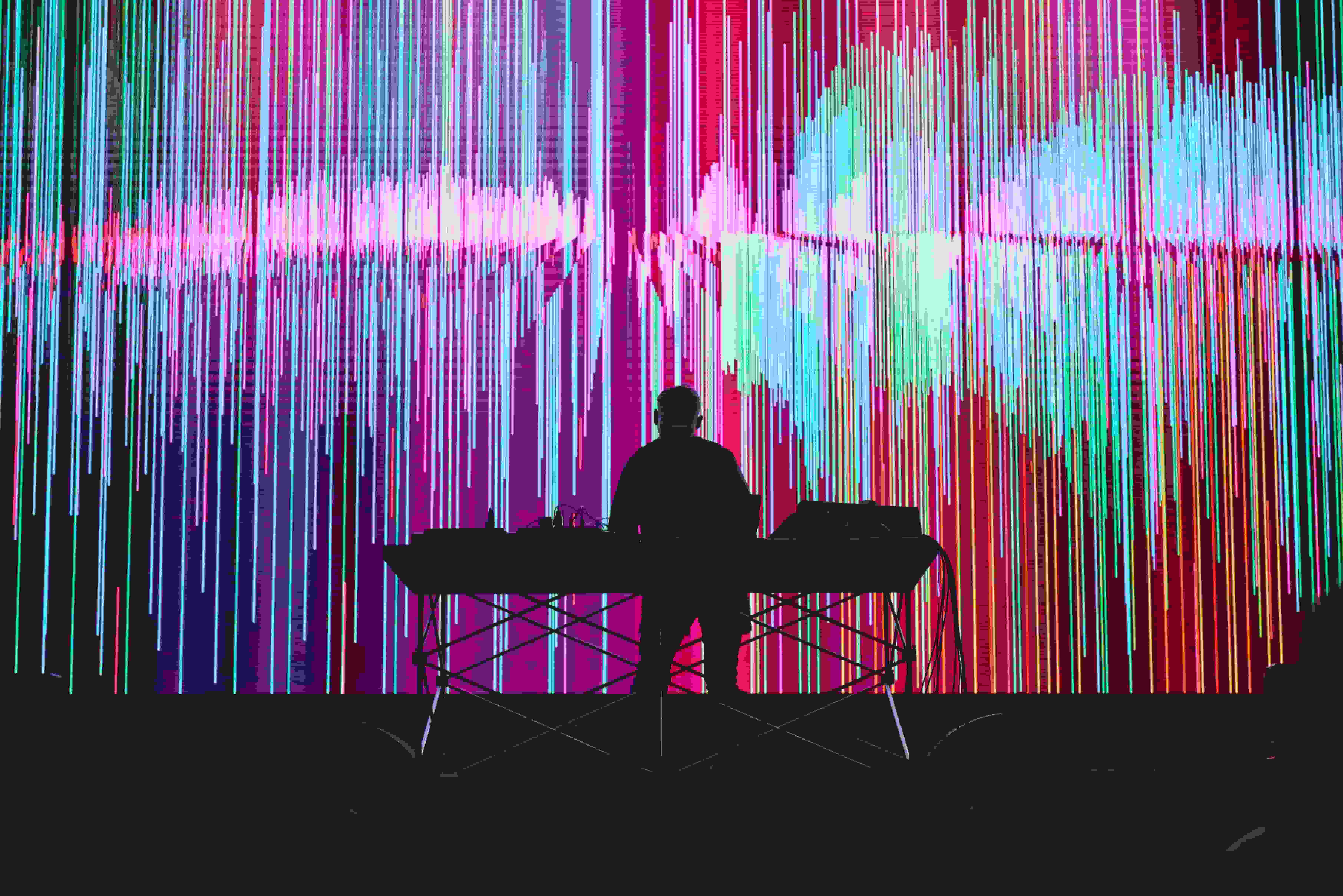
Your work evokes parallels with Johannes Kepler's Harmonices Mundi, which posits a harmonious relationship between astronomy and music. Do you perceive this convergence of disciplines in your own creative process? Is there a deliberate attempt to synchronize the cosmic and the auditory realms?
Regarding your question on Johannes Kepler's "Harmonices Mundi" and the potential intentional confluence of cosmic and auditory domains: the response is intricate. I love Kepler, believing him to be a pivotal figure in our understanding of the cosmos. One particular work of his, a brief paragraph about the hexagonal structure of snow, has always intrigued me. "Harmonices Mundi" can be interpreted as a testament to a belief system, one rooted deeply in the harmonics of the universe.
So, this is a good question. I often contemplate whether the concept of harmonics might be our projection onto the universe. Is it simply our belief system that presumes everything must be in harmony? Could there be elements that don't align with our conventional notions of beauty? In my opinion, while harmonics do exist, so do disharmonics. It really hinges on one's perspective. One could interpret the story of the planetary system's construction as inherently harmonic, but as we've come to understand, these celestial bodies aren't strictly harmonic. Their orbits aren't perfectly circular, and they don't resonate with a single frequency but multiple ones. Perhaps during Kepler's time, the concept of harmonics was the most accessible and comprehensible. But what he brilliantly grasped was the interconnected symphony of these celestial entities. They might not be in perfect tune, but perhaps the significance lies in the dissonance. From my viewpoint, being out of tune might have greater relevance than being in perfect harmony. Yet, this is just one perspective — my perspective. It's the narrative I tell myself to navigate this vast and enigmatic realm.
I'm of the belief that there might be multiple valid theories. One can interpret phenomena in myriad ways, drawing truth from each interpretation. It might be time for us to move away from seeking a singular, universal theory. Instead, we could embrace multiple theories, adapting and applying them based on the situation.
Pythagoras famously proclaimed, "There is geometry in the humming of the strings, there is music in the spacing of the spheres." Do you find resonance with this ancient wisdom in your own sonic experiments? How does geometry, both as a concept and a tangible form, manifest in your compositions, particularly in the transformation of sound into geometrical shapes?
You've brought up Pythagoras and inquired about the role of geometry in my compositions, especially concerning the transformation of sound into geometrical forms. If I understand your reference correctly, you're pointing to my practice of visually translating my sound works into geometrical shapes. To address this, in my work, the connection is rather straightforward. Because I work with relatively simply generated waveforms, the foundation of electronic music often rests on just two or three elements: oscillation, noise (which can also be considered a type of oscillation but deserves its own category), and silence. These elements can be clearly understood, and often, they possess distinct geometric shapes.
From the onset of my journey with sound composition, I was intrigued by imperceptible or out-of-hearing sounds. To verify the presence of such sounds, I turned to tools like oscilloscopes or graphical analyzers that have been available for quite some time. These tools help determine whether I'm merely sensing a sound or if it's genuinely present. To me, the correlation between a geometrical shape and a tone is evident. Part of this clarity might stem from my experience; I belong to a generation that extensively utilized computers for composition. With computer screens offering a visual representation of sound, every note, sine wave, and waveform is graphically portrayed. Some of these visualizations are specific. For instance, when working in a stereo image and considering the phasing of sound, they produce distinct geometries. These captivating geometric figures are well-documented in physics.
I once collaborated with Ryoji Ikeda on a project where we employed an XY scope to transform sound into geometric shapes. We even generated sounds that produced specific, intricate geometric forms, some even creating the illusion of three-dimensionality. In my view, when you engage with electronic sound and immerse yourself in the realm of pure mathematical frequencies, the association with geometry is palpable. After all, these geometric constructs are rooted in formulas that determine their generation, and they can be described in myriad ways.
Vector graphics can be both viewed and audibly experienced. The intricate relationship between them is embedded right from the start of the composition process.
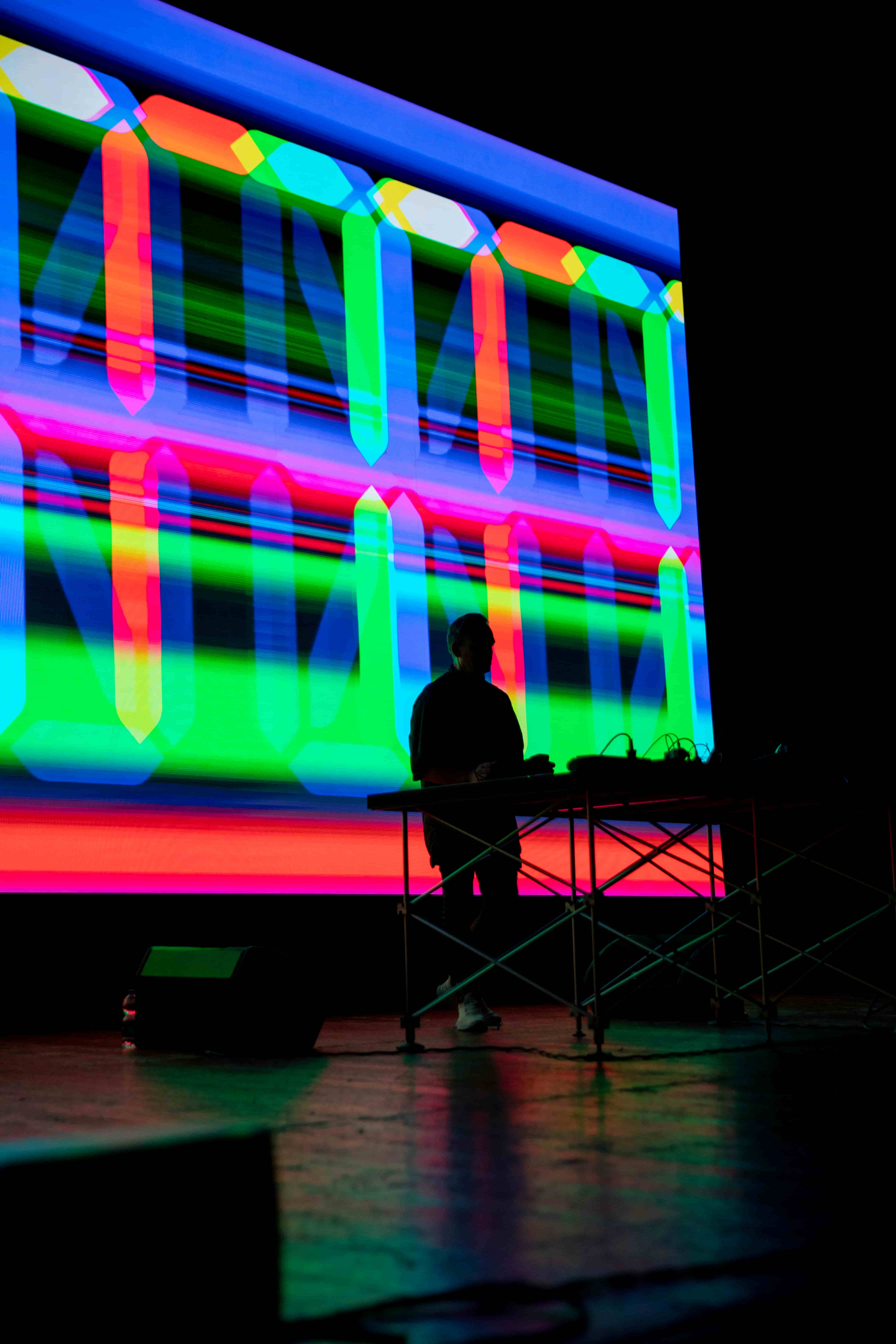
How do you perceive the intersection of your sound research with the burgeoning field of artificial intelligence? Can you elaborate on how your work may offer insights into the evolving landscape of AI, and what significance this holds for our understanding of both art and technology in the future?
Moving on to your last question about the significance of art and technology in the future, with a particular focus on artificial intelligence (AI or "KI" in German). I mean, it's a really hot topic at the moment. However, I'd argue that what we're observing now isn't genuine intelligence. We have advanced machine learning systems capable of tasks that might be challenging for humans, such as sorting, discovering, or organizing data. Yet, I wouldn't classify these systems as 'intelligent' per se.
To use AI to write a text or generate a picture requires feeding the system a vast, well-curated dataset. This doesn't display inherent intelligence; it simply pulls from a predefined pool of information to create something new. I think we are really in a very interesting step where basically everything gets questioned. If we are losing our ability to be intelligent I always have a very simple explanation as to what is intelligence? Intelligence is basically somebody would lie to you. If AI deceived us, we'd doubt its reliability, leading to mistrust.
Interestingly, genuine intelligence doesn't always compute accurately. It often makes errors, but it's these very mistakes that can be instrumental and pivotal. From these errors, novel ideas can emerge. Presently, AI doesn't recognize the value of mistakes. If an error arises in AI's output, it doesn't recognize it as a mistake; it merely sees it as a result. Often, what AI produces is a mesh up of existing data. So, while the visual output from AI can be impressive due to the vast amount of data it can process, the true essence of creativity may be lacking.
However, as we continue to be flooded with content generated by AI, we'll face the challenge of navigating this ever-growing sea of information. Contrary to what some might believe, our capability to store information is not infinite. We must prioritize, filter, and select. This selection process is intriguing, varying from individual to individual, sometimes based on personal preferences and at other times on overarching concepts.
So, when considering the future of art and technology, I believe they've always been intertwined. I view technology as a toolbox. As this toolbox expands, we're equipped with more tools. Undoubtedly, our future will be shaped by technology because these are our primary instruments. However, a prevalent misconception is equating the toolbox with the art itself. It's crucial to discern that the toolbox isn't the art — it remains a toolbox.
The challenge of the future lies in navigating the information jungle we're cultivating. It's not just humans creating vast amounts of content; AI is now generating images at a pace far surpassing our capabilities. The essence of art will be determined by our ability to discern and select amidst this overflow.
Ultimately, we must hone our focus, discerning what's essential from what's garbage. Amidst the massive influx of content, only those who can adeptly navigate through this pile will unearth something truly valuable for the future. While it's challenging to predict what the future holds, it's evident that technology will play a pivotal role. However, we might also find ourselves re-evaluating our dependence on it, understanding its limitations, and questioning its ubiquity.
There's an underlying narrative of constant growth in our society, primarily driven by economic motives. It might be time to consider the opposite – the concept of intentional shrinking. We need to explore the freedom that lies in shrinking and prioritize stability over unbridled growth. This aligns with the idea of oscillation or the Yin and Yang balance. Embracing both growth and reduction, and allowing them to coexist harmoniously, might be our way forward.I hope this provides some clarity on the topic.
I hope this answers a little bit everything. Sorry it's quite long. Thank you. Bye.
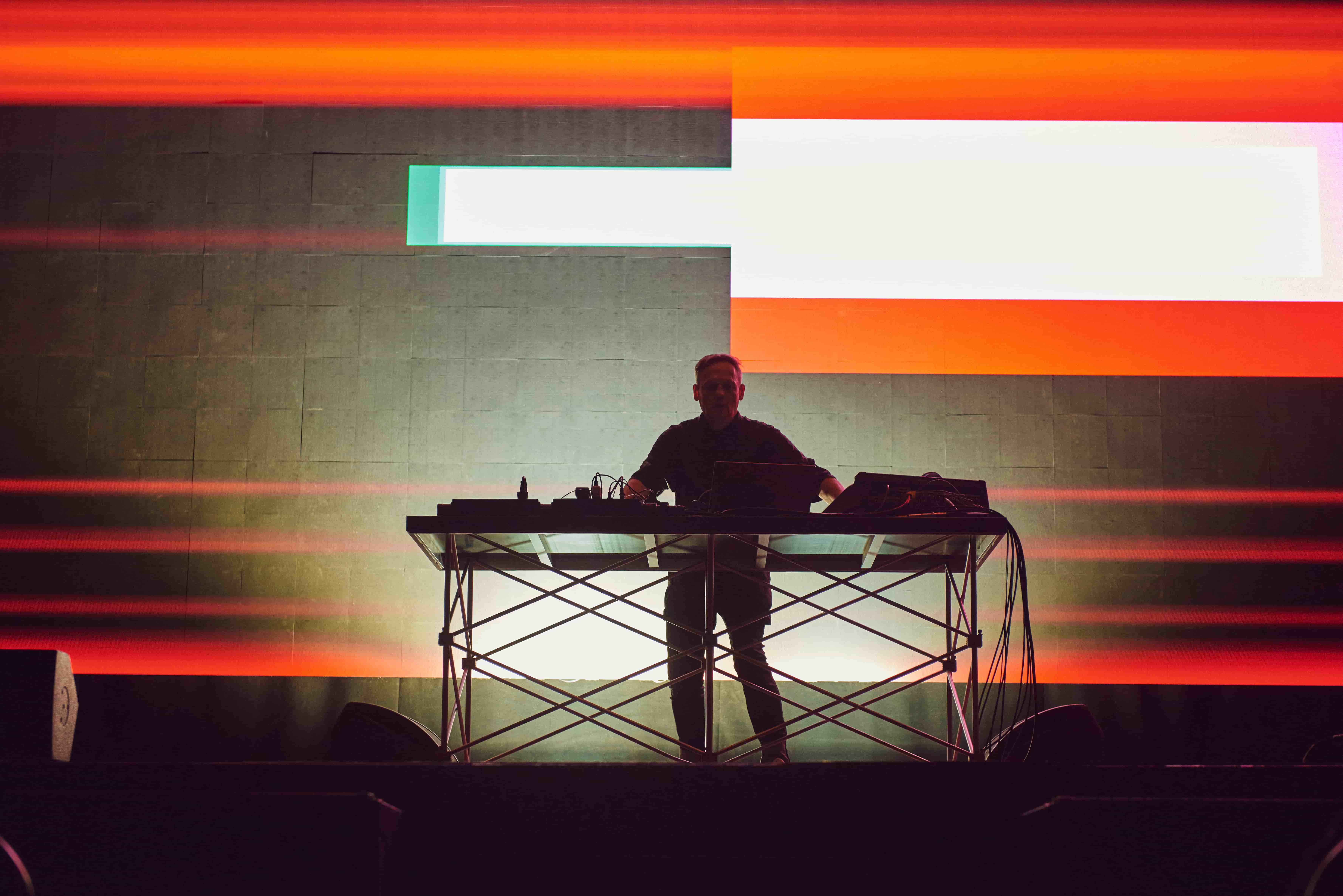
Interview by Gloria Maria Cappelletti
Images Courtesy of Smart Life Festival
Explore the future with our Smart Life Festival coverage. Dive in now!